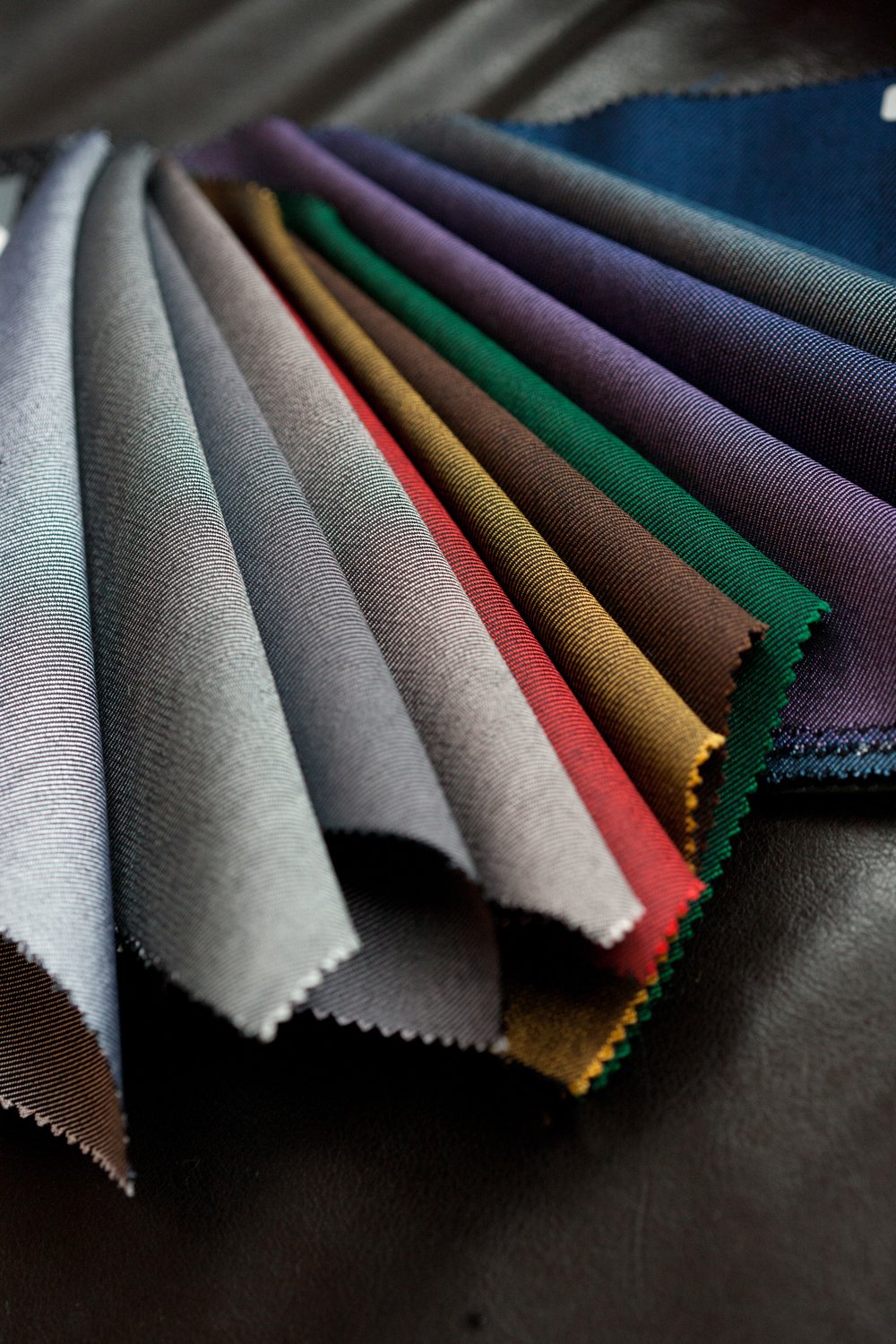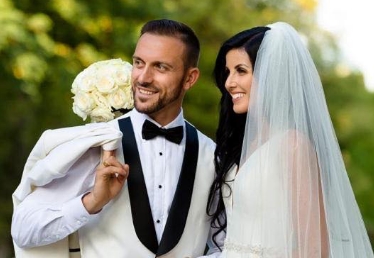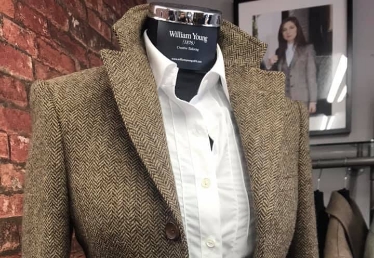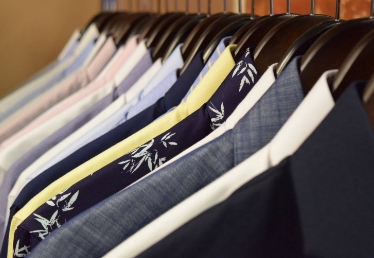Today we dress for the weather and the seasons
Variety creates opportunities and opportunities create excitement!
Men’s tailoring relishes the challenge... BUT… how to know which fabric is right and why? Ultimately it is down to personal taste and requirements but here we help navigate through the terminology, the weaves and wales.
As a rule of thumb autumn and winter see us reach for heavier, warmer fabrics, whereas in spring and summer require lightweight cottons and linens… but we live and work in a global market place with unpredictable seasons so it’s always best to be prepared!
The Fabrics
A novice’s guide to the most well known terms
Flannel: A timeless, flawless classic, heavy and hardwearing. Perfect for that autumn / winter suit / jacket.
Corduroy: Think about the wale whether thin or wide or somewhere in the middle. It’s a classic and often classically paired with tweed or wool.
Shetland Lambs wool: Soft loose weave fabrics best suited for jackets and waistcoat but is some-times used for trousers for a soft country feel.
Cavalry Twill: A heavy double diagonal weave distinguished by the clean look. Best suited for trousers
Wool: Wool is extremely versatile, hardwearing and offers superior value for money. Wool can be obtained from sheep and other animals, most commonly cashmere from goats, mohair from goats, qiviut from muskoxen and angora from rabbits. (see Prince of Wales Check in 100% wool)
Saxony: A heavy diagonal weave best suited for trousers or overcoats
Moleskin: Similar to cord but with a totally smooth finish, great for jackets, trousers and waistcoat, it can also be used for a more casual overcoat
Linen: This fabric is two to three times stronger that cotton and is a great conductor of heat. This is what makes it a popular fabric to use in the summer. It is prized for its lightweight, cool feel even in hot weather.
Velvet: can be made from many different kinds of fibres, traditionally silk. Velvet made entirely from silk is more expensive. Cotton can also be used, though this often results in a slightly less luxurious fabric. Velvet can also be made from fibres such as linen, mohair, wool and synthetic fibres.
Tweed: Perfect for those transitional months when you can skip the overcoat and just throw on a scarf with your trim-cut tweed sports jacket. A British classic rich in colour the quintessential country fabric. Suitable for coats, suits, jackets waistcoats and trousers. Harris is the mill synony-mous with the weave but don’t underestimate the quality of European alternatives.



